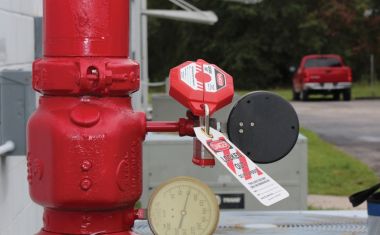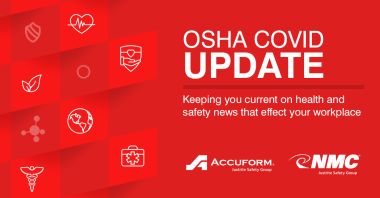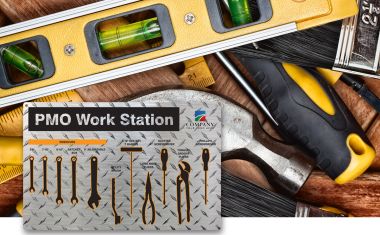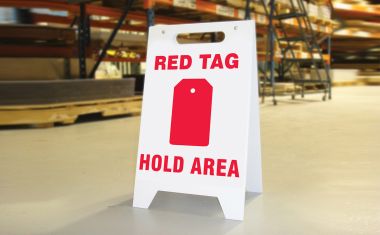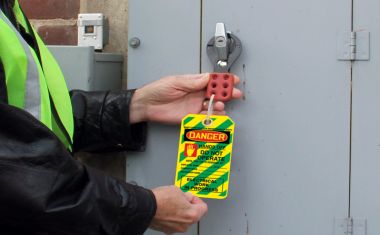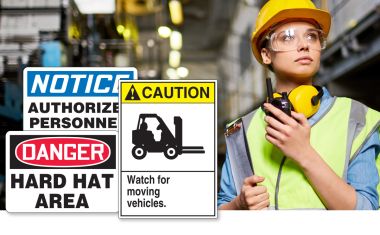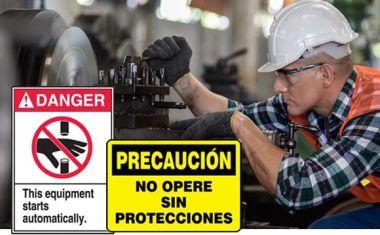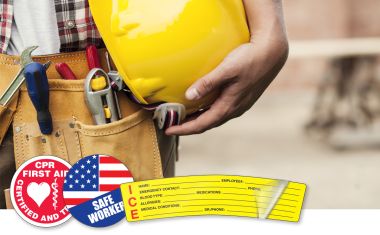Top Priority on Construction Sites – Fall Protection Safety
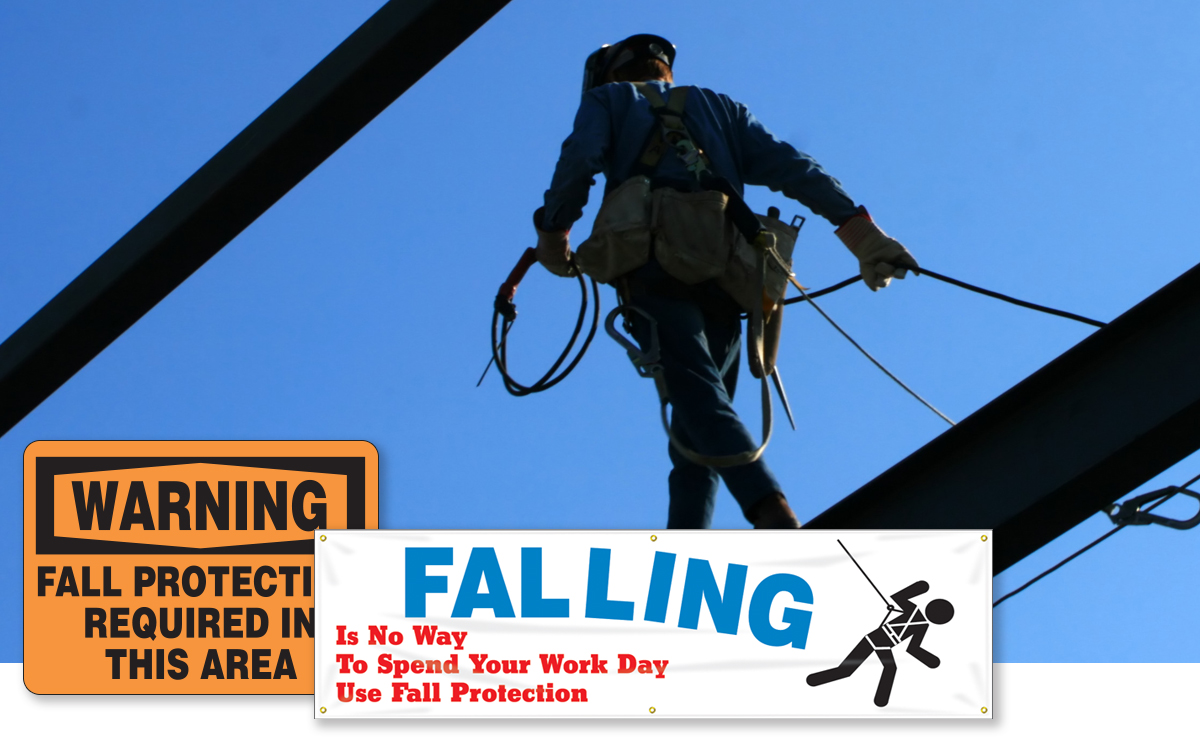
With the dog days of summer here to stay, fall protection and heat stress prevention should be the top priorities on job sites – especially for roofers.
What’s near the top of OSHA’s Top 10 Safety Citations every year? Falls. Falls are the leading cause of death in the construction industry, and in 2016 there were 384 fatalities, according to OSHA. When construction employees are operating at heights of 6 feet or more above a lower level, OSHA mandates the use of fall protection. Fall Protection Construction Signs help prevent falls at your workplace
Dehydration, dizziness, improper training, lack of safety equipment or PPE, and awkward angles are all components that can contribute to falls on construction sites.
The Occupational Safety and Health Administration (OSHA) cites subcontractor's hefty fines for failing to protect employees from falls and the hazards of working outdoors in extreme heat.
Fall protection and heat stress prevention go hand-in-hand - when working at any height!
The U.S. Bureau of Labor Statistics confirmed that roofing and residential construction sectors have a much greater risk of falls than any other construction division. Therefore, to protect workers, roofing contractors should have a written fall protection program that specifies what type of fall protection is provided and offers adequate training for workers.
Per OSHA, contractors and employers who perform construction work must comply with standards in 29 CFR 1926, Subpart C, General Safety and Health Provisions, as well as other applicable standards as noted by OSHA.
Follow OSHA’s three simple steps for fall protection safety while working on roofs.
Plan to get the job done safely
Begin by deciding how the job will be done, what tasks will be involved, and what safety equipment may be needed to complete each task. Inform others about fall protection safety requirements in the work environment by posting fall protection signs.
For example, when workers are on the roof of a building, think about all the different fall hazards, such as holes or skylights and leading edges, then plan and select fall protection suitable to that work, such as personal fall arrest systems (PFAS) and checking OSHA requirements. If equipment is not safe, lock it out with worksite lockouts.
Provide the right equipment
All workers performing work six feet or more above lower levels are at risk for serious injury or death and must be provided with fall protection. Issuing the right equipment for the job is critical for the safety of workers. Providing the right type of ladders, scaffolds, and safety gear like PPE is key to fall protection safety to protect workers from falls.
Post PPE signs on the job site to ensure everyone that enters the area is well-aware of the equipment they need to wear to stay safe.
Train everyone to use the equipment safely
Construction workers must be trained to use required equipment safely. It’s the responsibility of the employer to train workers to recognize hazards, in addition to how to use ladders, scaffolds, fall protection systems, and other equipment while performing their job.
Use effective construction signs to keep workers informed!
Ensure construction workers are well-hydrated, provided with the proper PPE, and trained to recognize hazards so they can prevent serious injuries from falls.
